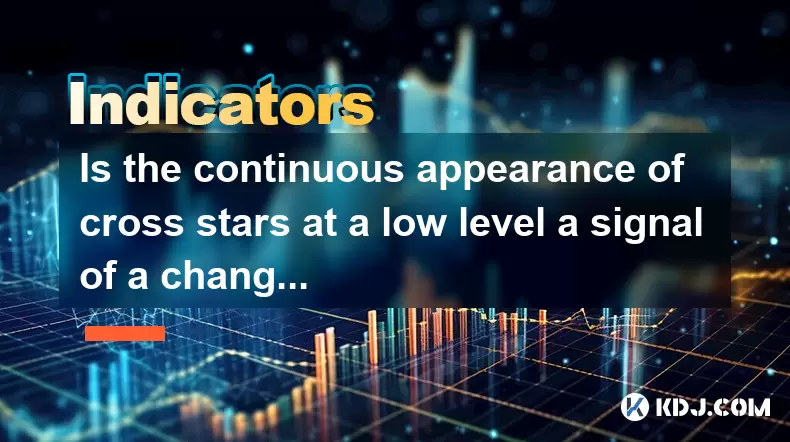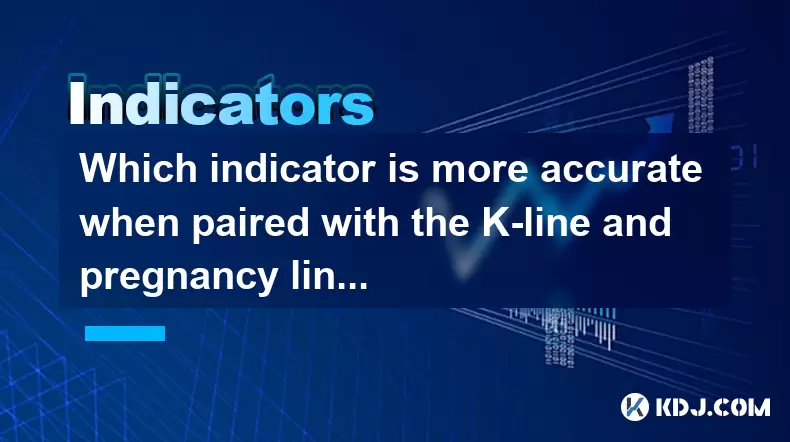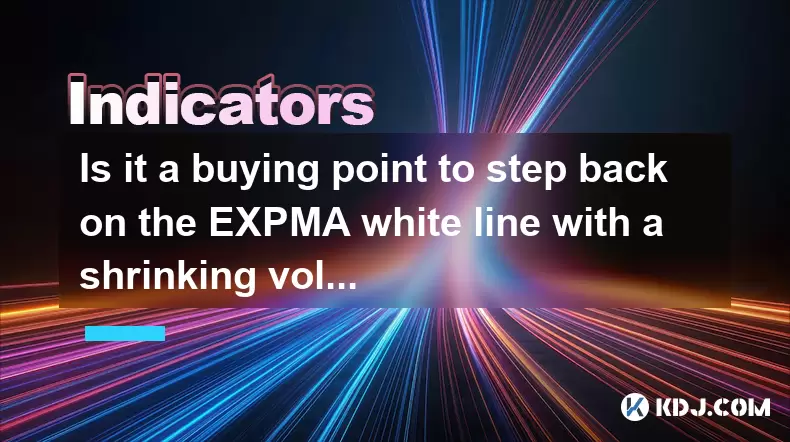-
 Bitcoin
Bitcoin $119300
1.07% -
 Ethereum
Ethereum $3730
3.87% -
 XRP
XRP $3.235
0.29% -
 Tether USDt
Tether USDt $1.000
0.00% -
 BNB
BNB $783.5
1.88% -
 Solana
Solana $188.7
0.25% -
 USDC
USDC $0.0000
-0.01% -
 Dogecoin
Dogecoin $0.2399
-0.44% -
 TRON
TRON $0.3157
2.37% -
 Cardano
Cardano $0.8254
1.94% -
 Hyperliquid
Hyperliquid $42.83
0.14% -
 Stellar
Stellar $0.4372
3.21% -
 Sui
Sui $3.859
4.91% -
 Chainlink
Chainlink $18.53
3.53% -
 Hedera
Hedera $0.2464
0.01% -
 Bitcoin Cash
Bitcoin Cash $519.8
2.46% -
 Avalanche
Avalanche $24.24
2.17% -
 Litecoin
Litecoin $113.7
0.73% -
 UNUS SED LEO
UNUS SED LEO $8.990
0.30% -
 Shiba Inu
Shiba Inu $0.00001390
0.21% -
 Toncoin
Toncoin $3.188
1.49% -
 Ethena USDe
Ethena USDe $1.001
0.02% -
 Polkadot
Polkadot $4.090
-0.91% -
 Uniswap
Uniswap $10.40
4.08% -
 Monero
Monero $326.6
3.12% -
 Bitget Token
Bitget Token $4.627
-0.42% -
 Pepe
Pepe $0.00001281
0.76% -
 Dai
Dai $1.000
0.01% -
 Aave
Aave $291.6
0.98% -
 Cronos
Cronos $0.1269
7.26%
Is the continuous appearance of cross stars at a low level a signal of a change in the market?
Cross stars in crypto charts signal market indecision and may hint at trend reversals when confirmed by volume and other indicators.
Jun 29, 2025 at 03:50 am

Understanding the Concept of Cross Stars in Cryptocurrency Charts
In cryptocurrency trading, cross stars are specific candlestick patterns that often appear on price charts. These patterns typically indicate indecision in the market and can serve as a precursor to potential trend reversals. A cross star is characterized by a small real body with long upper and lower shadows, signifying that neither buyers nor sellers could gain control during the trading period.
The appearance of these patterns at low levels, especially near significant support zones or historical lows, raises questions among traders about their predictive value. While they are not definitive signals on their own, their presence can hint at shifts in market sentiment when combined with other technical indicators.
Cross stars may form after prolonged downtrends and suggest that selling pressure is weakening.
Why Cross Stars Appear Frequently at Low Price Levels
When prices reach low levels, volatility often increases due to panic selling, capitulation, or bargain hunting. In such environments, cross stars tend to appear more frequently because of the intense tug-of-war between bulls and bears. Traders who notice multiple cross stars forming at similar price levels might interpret this as a sign that the market is finding a bottom.
However, it's crucial to distinguish between different types of cross stars:
- Doji: A classic example of a cross star where the opening and closing prices are nearly equal.
- Gravestone Doji: Often seen at the top of an uptrend but can also appear during bounces in a downtrend.
- Dragonfly Doji: Suggests strong buying pressure after a decline.
Each variation provides subtle clues about market psychology and balance between supply and demand.
Analyzing Historical Patterns: Cross Stars Before Market Reversals
Historical data shows that in many cryptocurrency cycles, cross stars have appeared before notable trend changes. For instance, Bitcoin’s price chart in late 2018 showed several cross stars forming around $3,000 before a new bullish phase began. Similarly, Ethereum experienced multiple dojis at critical support levels prior to its 2020 rally.
These observations lead traders to ask whether the same pattern can be used as a reliable signal today. It's important to remember that while history often rhymes, it doesn’t repeat exactly. Therefore, cross stars should be analyzed alongside volume, moving averages, and RSI to confirm possible reversals.
A single cross star isn't enough—look for confluence with other indicators for stronger signals.
How to Interpret Cross Stars in Real-Time Trading Scenarios
Traders aiming to use cross stars effectively must understand how to incorporate them into their strategies. Here’s a breakdown of actionable steps:
- Identify key support and resistance levels: Cross stars near these zones carry more weight.
- Check volume readings: A spike in volume accompanying a cross star suggests stronger participation and potential reversal.
- Monitor RSI and MACD: If a cross star forms when RSI is oversold (below 30), it strengthens the case for a bounce.
- Wait for confirmation candles: The next few candles after a cross star can confirm or negate the reversal possibility.
For example, if a Dragonfly Doji appears at a major support level with rising volume and RSI divergence, it could be interpreted as a strong buy signal.
Differentiating Between False Signals and Genuine Reversals
Not every cross star leads to a meaningful trend change. In fact, many of them occur during sideways consolidation phases and offer no directional bias. To avoid false alarms:
- Avoid acting on isolated signals: Wait for additional confirmation.
- Use time-frame analysis: A cross star on the daily chart holds more significance than one on the hourly chart.
- Watch for follow-through: If the candle after a cross star closes above the high of the pattern, it may indicate strength.
Some traders combine Fibonacci retracement levels with cross stars to filter out noise and focus only on high-probability setups.
False cross star signals are common—use multi-timeframe analysis and volume to improve accuracy.
Frequently Asked Questions
Q: What does a cross star look like on a crypto chart?
A cross star typically features a small body with long upper and lower wicks. On most platforms, green and red candlesticks represent bullish and bearish periods, respectively. A cross star will show little to no color in the body, indicating that the open and close were very close.
Q: Can cross stars appear in both uptrends and downtrends?
Yes, cross stars can appear in any market condition. However, their implications differ based on context. In an uptrend, they may warn of exhaustion, while in a downtrend, they might signal potential stabilization.
Q: How reliable are cross stars compared to other candlestick patterns?
While cross stars are useful for identifying uncertainty, they are less reliable than patterns like engulfing bars or harami crosses when predicting direction. They work best when supported by other technical tools.
Q: Should I place trades solely based on cross stars?
It’s generally not advisable to trade based solely on cross stars. Instead, integrate them into a broader strategy that includes volume, momentum oscillators, and key price levels for better risk management.
Disclaimer:info@kdj.com
The information provided is not trading advice. kdj.com does not assume any responsibility for any investments made based on the information provided in this article. Cryptocurrencies are highly volatile and it is highly recommended that you invest with caution after thorough research!
If you believe that the content used on this website infringes your copyright, please contact us immediately (info@kdj.com) and we will delete it promptly.
- TRON, Crypto Payroll, and Stablecoins: A New York Minute on the Future of Finance
- 2025-07-25 08:30:11
- WazirX, Revote, and Crypto Unlock: A New York Minute on the Latest Developments
- 2025-07-25 06:50:11
- Hong Kong Stablecoin Regulation: Navigating the Hype and Hurdles
- 2025-07-25 08:30:11
- Bitcoin LTHs, CDD Ratio, and Distribution: What's the Deal?
- 2025-07-25 08:50:12
- Satoshi-Era Bitcoin Whale Awakens: $469 Million in BTC on the Move
- 2025-07-25 06:30:11
- TIA Tokens, Crypto Shift & Ripple Effect: What's the Deal?
- 2025-07-25 07:10:11
Related knowledge

Should I go all in when DIF crosses DEA?
Jul 25,2025 at 12:42am
Understanding DIF and DEA in MACD AnalysisWhen traders analyze DIF and DEA in the context of the Moving Average Convergence Divergence (MACD) indicato...

Should I go all in when the upper edge of the box is broken?
Jul 25,2025 at 01:50am
Understanding the 'Box' in Cryptocurrency Price ChartsThe term 'box' in cryptocurrency trading typically refers to a price consolidation range where t...

Should I go all in when the parabolic turning signal appears?
Jul 25,2025 at 06:36am
Understanding the Parabolic Turning Signal in Crypto TradingThe parabolic turning signal is a technical indicator derived from the Parabolic SAR (Stop...

Should I follow up with a full position when the trading volume suddenly increases?
Jul 25,2025 at 12:28am
Understanding Sudden Increases in Trading VolumeA sudden spike in trading volume often signals heightened market activity and can indicate that new in...

Which indicator is more accurate when paired with the K-line and pregnancy line combination?
Jul 25,2025 at 05:43am
Understanding the K-Line and Pregnancy Line CombinationThe K-line, also known as the Japanese candlestick chart, is a foundational tool in technical a...

Is it a buying point to step back on the EXPMA white line with a shrinking volume?
Jul 25,2025 at 08:56am
Understanding the EXPMA Indicator and Its White LineThe Exponential Moving Average (EXPMA) is a technical analysis tool widely used in cryptocurrency ...

Should I go all in when DIF crosses DEA?
Jul 25,2025 at 12:42am
Understanding DIF and DEA in MACD AnalysisWhen traders analyze DIF and DEA in the context of the Moving Average Convergence Divergence (MACD) indicato...

Should I go all in when the upper edge of the box is broken?
Jul 25,2025 at 01:50am
Understanding the 'Box' in Cryptocurrency Price ChartsThe term 'box' in cryptocurrency trading typically refers to a price consolidation range where t...

Should I go all in when the parabolic turning signal appears?
Jul 25,2025 at 06:36am
Understanding the Parabolic Turning Signal in Crypto TradingThe parabolic turning signal is a technical indicator derived from the Parabolic SAR (Stop...

Should I follow up with a full position when the trading volume suddenly increases?
Jul 25,2025 at 12:28am
Understanding Sudden Increases in Trading VolumeA sudden spike in trading volume often signals heightened market activity and can indicate that new in...

Which indicator is more accurate when paired with the K-line and pregnancy line combination?
Jul 25,2025 at 05:43am
Understanding the K-Line and Pregnancy Line CombinationThe K-line, also known as the Japanese candlestick chart, is a foundational tool in technical a...

Is it a buying point to step back on the EXPMA white line with a shrinking volume?
Jul 25,2025 at 08:56am
Understanding the EXPMA Indicator and Its White LineThe Exponential Moving Average (EXPMA) is a technical analysis tool widely used in cryptocurrency ...
See all articles

























































































